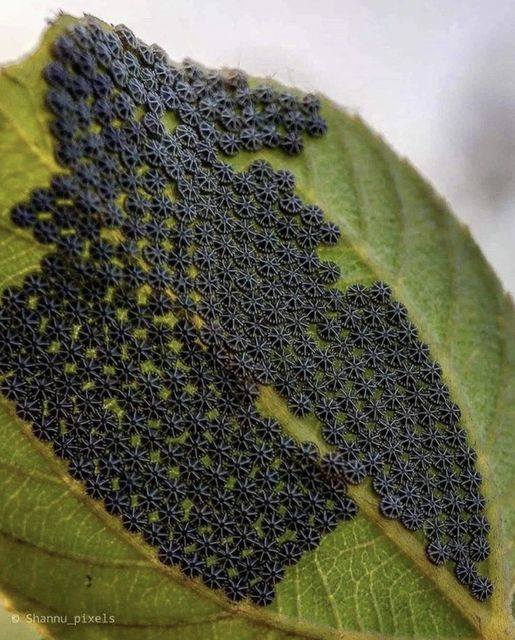ADVERTISEMENT
### **Preventative Measures for Handling Poisonous Plants:**
– **Wear Protective Clothing:** When gardening in areas where poison ivy, oak, or sumac may be present, always wear long sleeves, gloves, and boots.
– **Learn to Identify the Plants:** Familiarize yourself with the appearance of these plants, especially in their various growth stages. Know where they tend to grow in your garden or outdoor spaces.
## **2. Stinging Nettle (Urtica dioica)**
Stinging nettles are a common plant found in many gardens and wooded areas, but despite their medicinal uses, they can be quite hazardous to your skin. The plant is known for its long, jagged, green leaves that are covered in tiny, hair-like structures. These hairs contain a substance that, when touched, can cause a burning or stinging sensation, hence the name “stinging nettle.”
– **Symptoms of Exposure:** If you brush against the plant, you’ll experience a sharp, stinging pain followed by redness, swelling, and sometimes itching. The reaction typically lasts for a few minutes to several hours, but in some cases, it can cause a more prolonged rash.
– **What to Do if Exposed:** Gently wash the area with soap and water. Applying a cold compress or anti-itch cream can help soothe the discomfort. In some cases, antihistamines may be needed for more severe reactions.
### **Avoiding Stinging Nettles:**
– **Wear Gloves:** When working in areas where stinging nettles are present, always wear gloves and long sleeves.
– **Use Tools:** Use gardening tools, such as shears or pruning tools, to remove nettles from your garden rather than handling them directly.
## **3. Deadly Nightshade (Atropa belladonna)**
Deadly nightshade, also known as belladonna, is one of the most toxic plants in the world. It’s native to Europe but can also be found in parts of North America. The plant produces berries that are typically black or purple, but don’t be fooled by its appearance. Belladonna contains alkaloids, such as atropine, scopolamine, and hyoscyamine, that are highly poisonous.
– **Symptoms of Exposure:** Ingesting even a small amount of any part of the plant can cause severe poisoning. Symptoms include dilated pupils, blurred vision, tachycardia (increased heart rate), fever, dry mouth, urinary retention, and hallucinations. Ingesting a larger amount can result in death.
– **What to Do if Exposed:** If you suspect poisoning, seek immediate medical attention. Prompt treatment with activated charcoal and other interventions can help reduce the severity of symptoms.
### **How to Handle Deadly Nightshade:**
– **Do Not Handle Without Gloves:** Avoid touching any part of the plant, especially the berries, as the toxins can be absorbed through the skin. If you come into contact with it, wash your hands thoroughly with soap and water.
– **Remove with Caution:** If you have this plant in your garden, consider removing it with extreme care, and always wear gloves and long sleeves when doing so.
## **4. Giant Hogweed (Heracleum mantegazzianum)**
Giant hogweed is a large, invasive plant that can cause severe skin burns when its sap comes into contact with your skin, especially in the presence of sunlight. It can grow up to 14 feet tall, with large, umbrella-like clusters of white flowers. Giant hogweed is often found in roadside ditches, fields, and riverbanks.
– **Symptoms of Exposure:** The sap of giant hogweed can cause photosensitivity, resulting in severe burns and blisters that can leave permanent scars. The burns usually occur within 24-48 hours after contact with the sap, and the skin may become more sensitive to sunlight for weeks or months after exposure.
– **What to Do if Exposed:** Wash the affected area with soap and water immediately. Avoid exposure to sunlight, as this can exacerbate the burn. Seek medical attention if burns or blisters appear.
For Complete Cooking STEPS Please Head On Over To Next Page Or Open button (>) and don’t forget to SHARE with your Facebook friends
